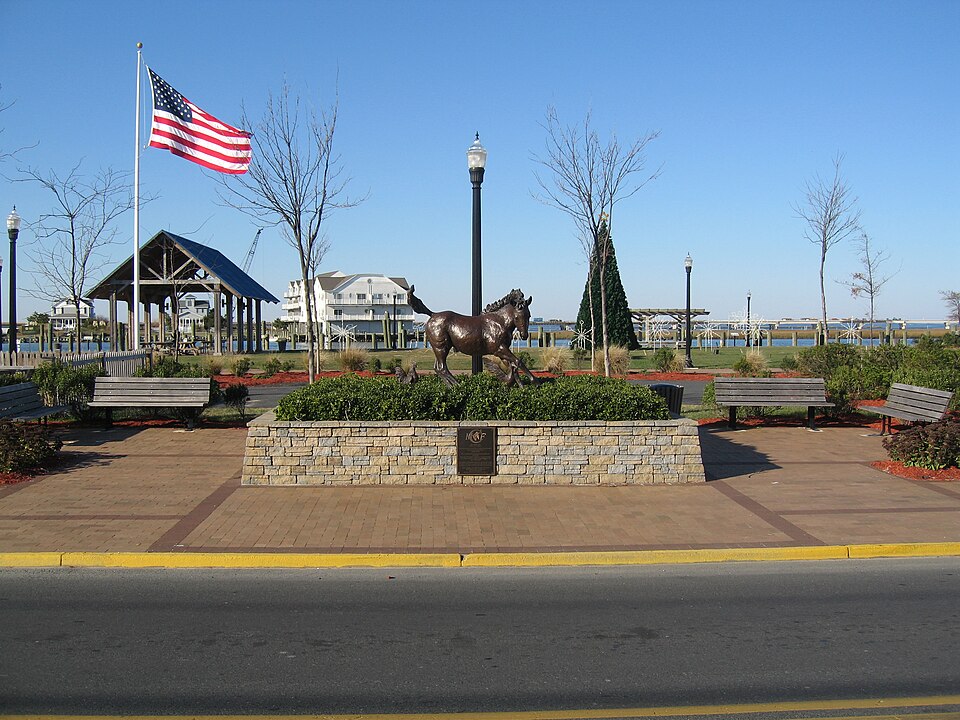When power vanishes and supply chains freeze, survival leans on water, soil, shelter, and people who already work with the land. The best havens mix isolation with neighbors who trade seeds, share tools, and show up when storms hit. Mountain valleys, boreal forests, and high deserts reward steady hands more than fancy gear. What matters is quiet abundance and a culture that fixes, grows, and preserves. In places like these, the lights can go out without taking the calendar with them.
Rocky Mountain Strongholds, Colorado
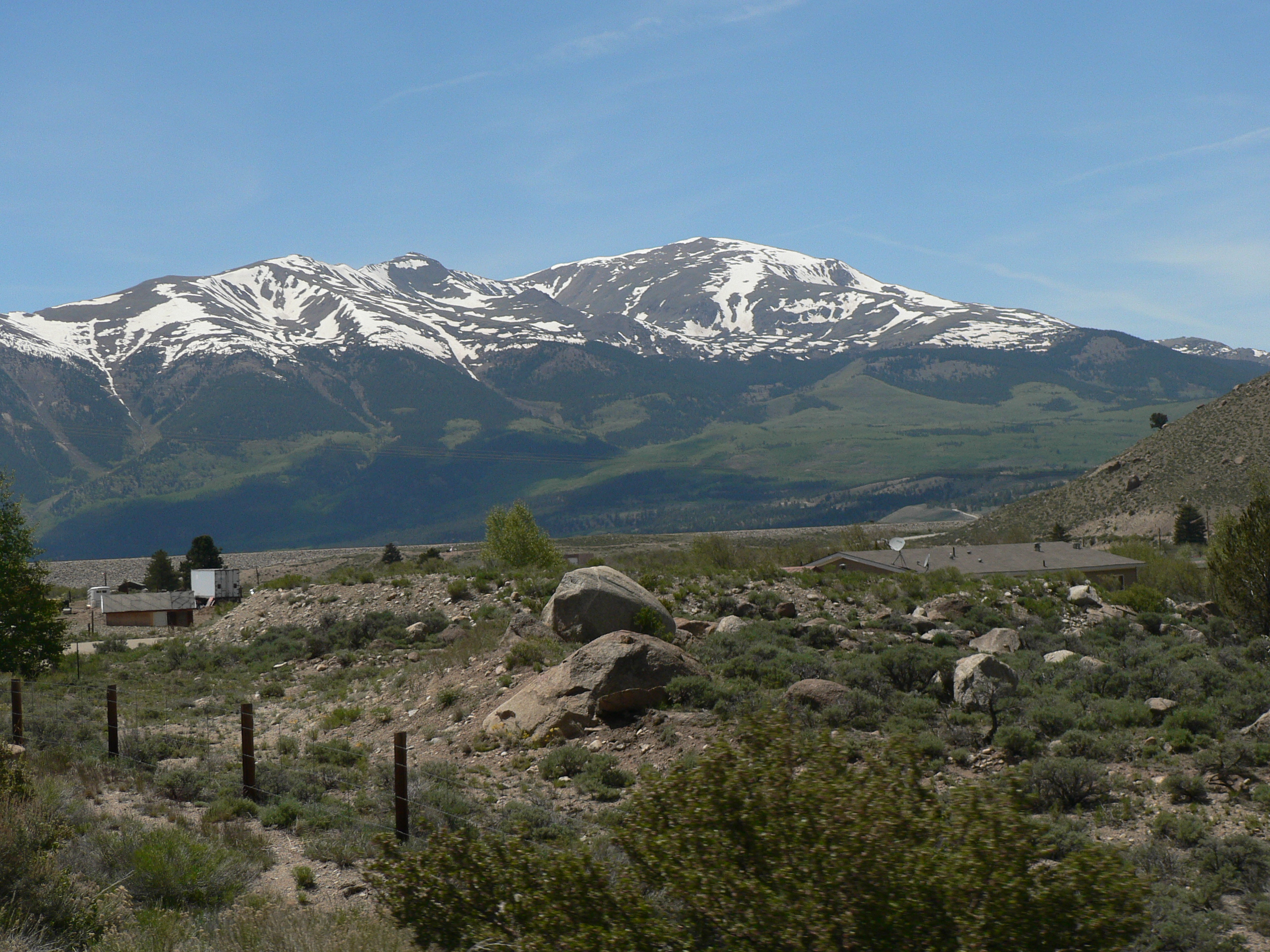
High basins around Ouray and Gunnison pair clean headwaters with towns that already heat with wood, store food, and respect seasons. Elevation thins crowds and buys time, while game, irrigated meadows, and small hydropower options turn distance into strength. Roads are few and steep, which lowers conflict and protects supplies. When winter hits hard, routines harden too, and the region runs on woodpiles, root cellars, and neighbors who can weld, mend pipes, and keep irrigation ditches alive.
Northern Maine’s Deep Woods
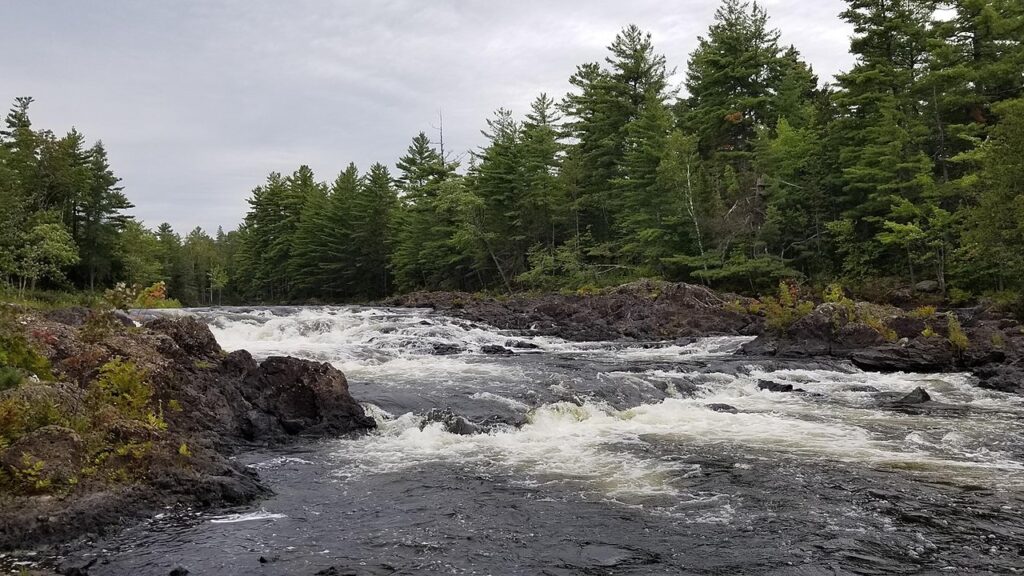
From Millinocket to Greenville, working forests and cold lakes set a rhythm built on stockpiles and practical skill. Population is sparse, water is everywhere, and hunting, trapping, and firewood remain daily life rather than nostalgia. Long winters test stoves and patience, yet they also slow disease and deter opportunists. Small towns value neighbors who arrive with a plow, a chainsaw, or a spare gasket, and that social capital becomes as important as bait, seed, salt, and diesel.
The Ozark Mountain Backcountry
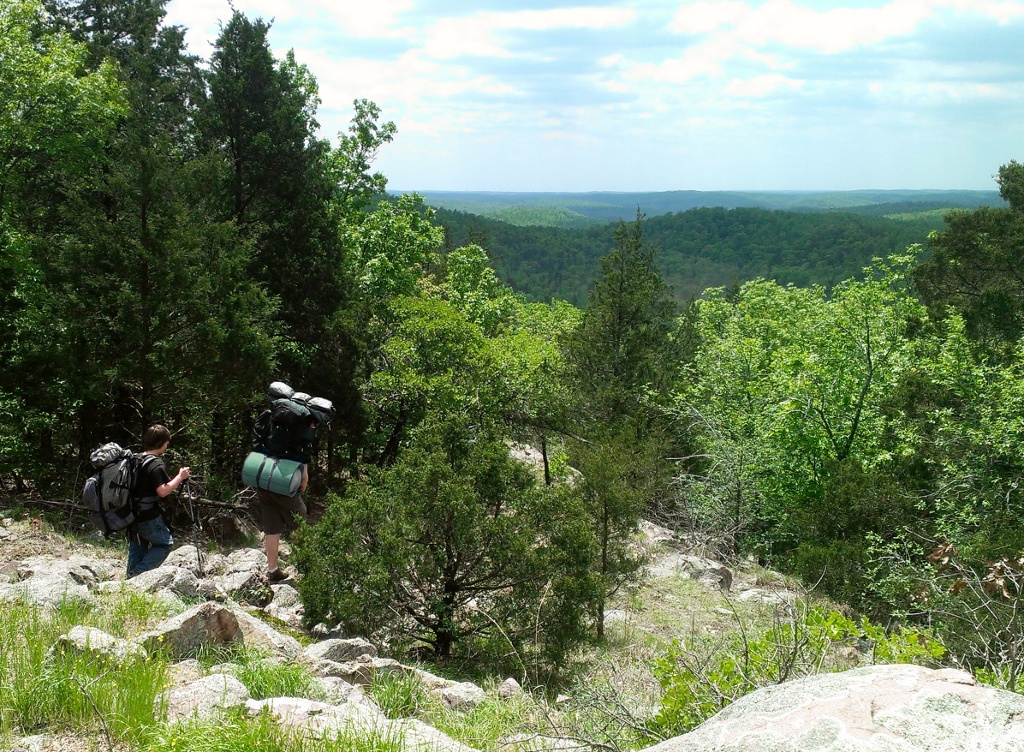
Southern Missouri and northern Arkansas keep one foot in yesterday with gardens, canning jars, root cellars, and barter that still moves eggs, venison, and repair work. Ridges and hollows hide homes, shelter springs, and limit access, which makes supplies stretch and trouble hard to find. Rainwater systems, small livestock, and seasonal routines carry families through lean months. Old knowledge beats gear lists, and fixing what breaks turns scarcity into a season people already understand.
Interior Alaska’s Cold Competence
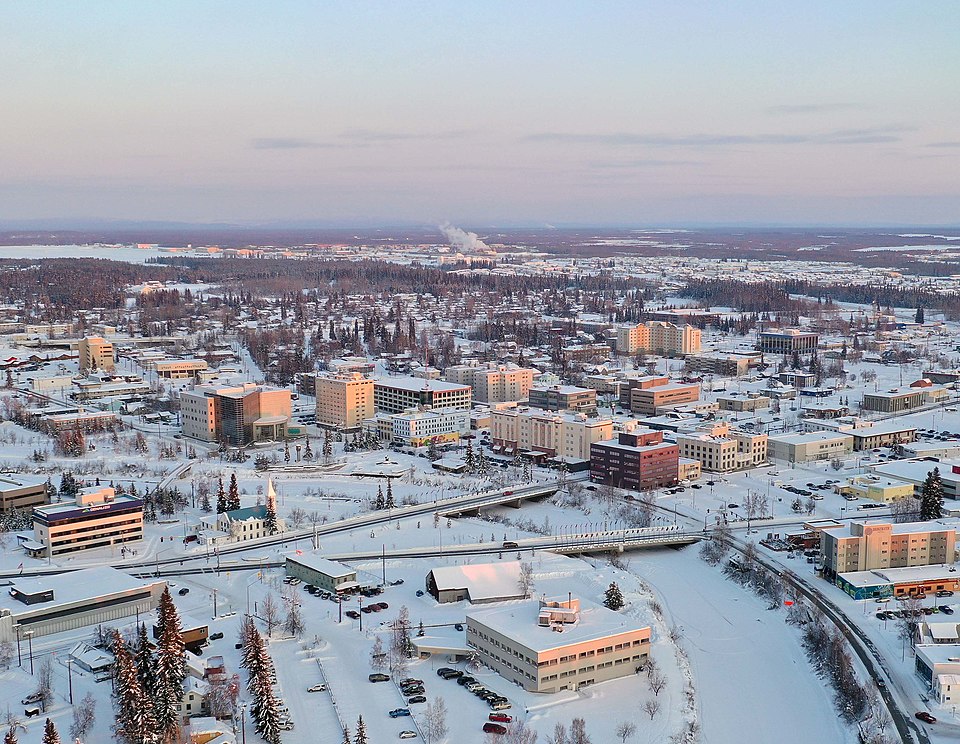
Around Fairbanks and Tok, survival is a practiced craft, and households treat heat, water, and fuel as personal duties. Generators backstop freezers, smokehouses hold salmon, and insulated wells survive deep cold. Supply flights miss days, sometimes weeks, so residents plan as if they will not arrive. The payoff is resilience that looks ordinary here: stacked wood, a tuned rifle, a working sled, and neighbors who read snow, river ice, and sky well enough to act before trouble grows.
Inland Valleys of the Pacific Northwest
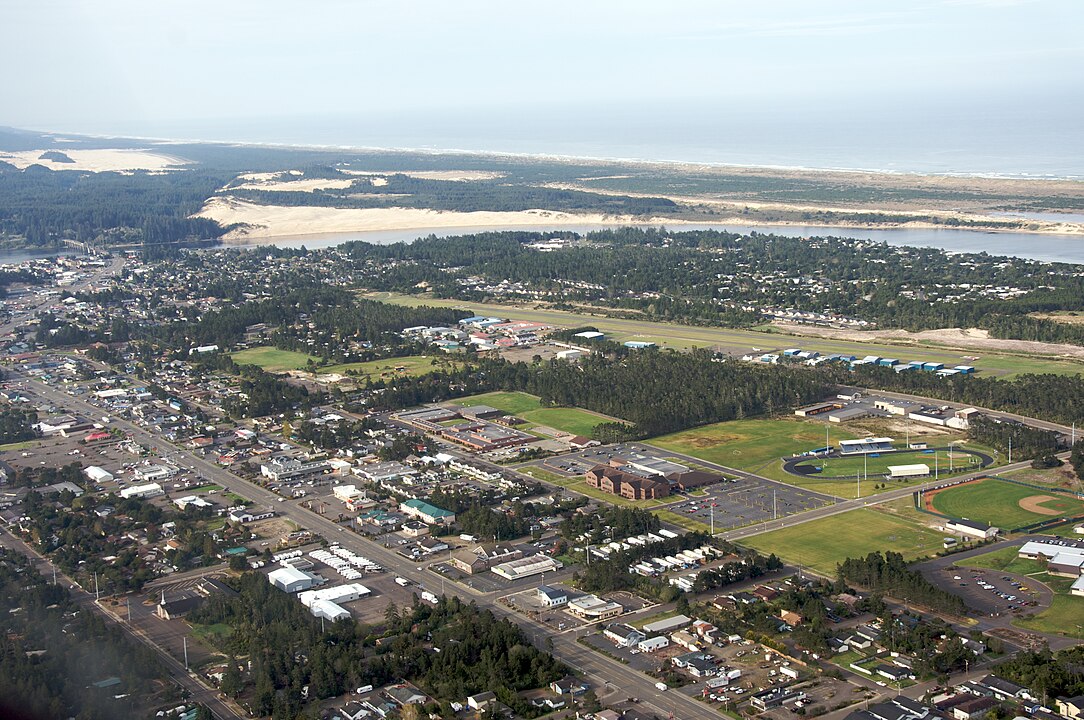
Away from the coast, Oregon’s Rogue Valley and Washington’s Yakima basin map out ditches, orchards, and co-ops that run light on middlemen. Soils are generous, rain is steady, and frost windows are predictable enough for year-round planning. Small hydropower, wind, and solar add backup layers that do not rely on distant grids. With mountains as weather shields and foothills as lookout points, communities can grow staples, press cider, cure meats, and keep sensible gates on movement and trade.
Appalachian Foothills, West Virginia To Tennessee
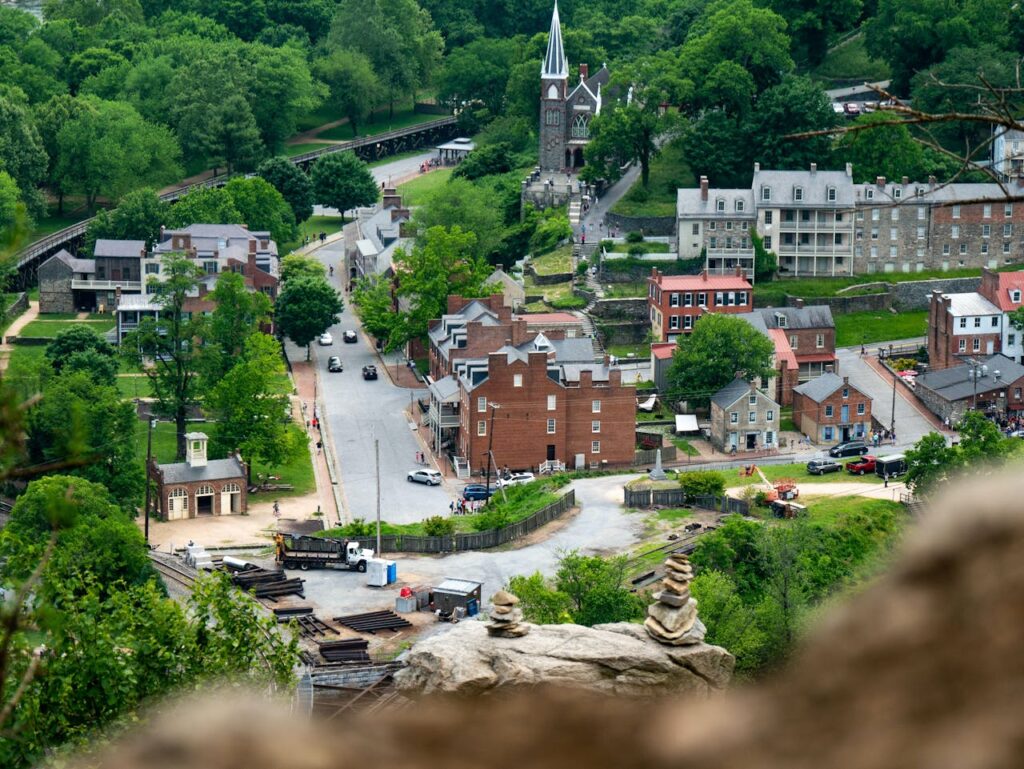
From West Virginia to eastern Tennessee, rolling ridges hide creeks and fields where gardens and hogs still anchor family budgets. Timber provides heat, streams offer gravity-fed water, and old roads let neighbors meet without broadcasting it. Flood risk eases as elevations rise, and mixed hardwoods supply mast, medicine, and framing stock. Church pantries, farm stands, and swap culture create a quiet logistics web that keeps stew pots full when storefronts shutter and fuel runs thin.
Nevada’s Great Basin Towns

Ely, Eureka, and scattered ranch towns sit inside a wide, dry moat where distance doubles as a security plan. Wells and spring-fed systems deliver water, while solar arrays and efficient stoves stretch every cord and gallon. The air’s dryness slows spoilage and illness, and the population is too thin for chaos to snowball. Gardens need shade and care, but trade in hay, hardware, and labor keeps life moving. What looks empty on a map reads like breathing room and time.
Northern Idaho’s Quiet Preparedness
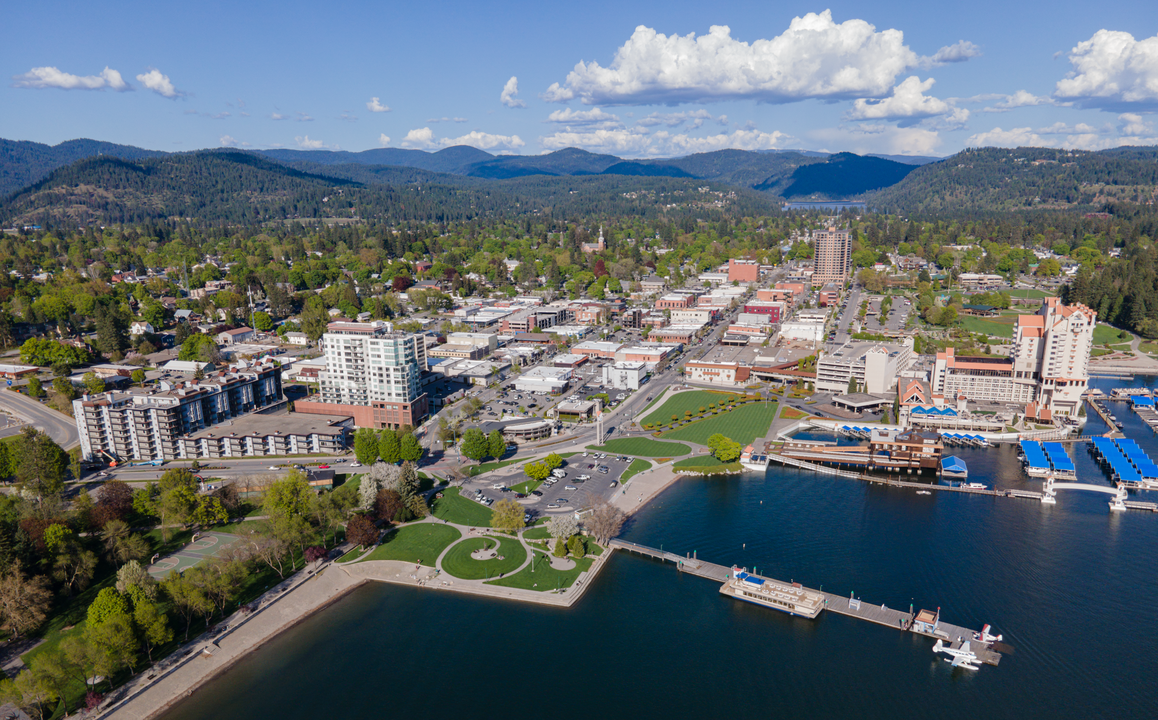
Around Sandpoint and Bonners Ferry, mixed farmland and timber slope toward cold creeks that stay reliable when pumps fail. Households split wood, fix fences, and lay by food, while hardware stores, feed mills, and granges glue the economy together. Winters knit neighbors tight, and the terrain limits easy entry. With low disaster exposure and a practical culture, the region treats self reliance as routine, turning outages into hassles rather than emergencies that break the calendar.
